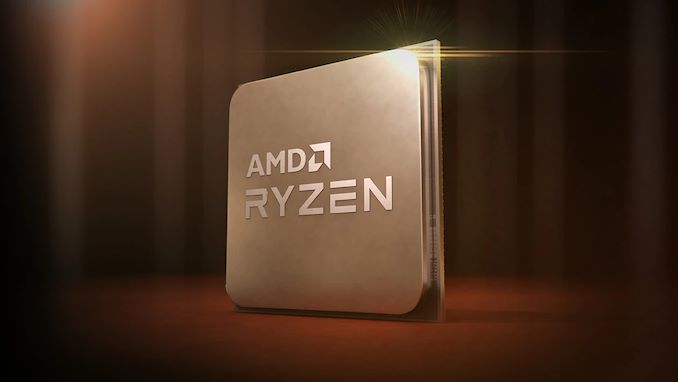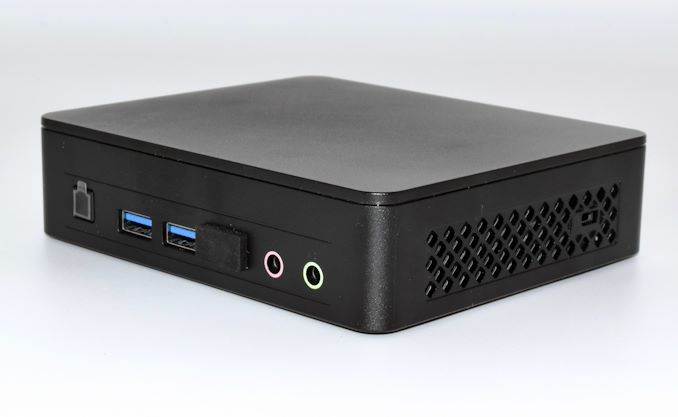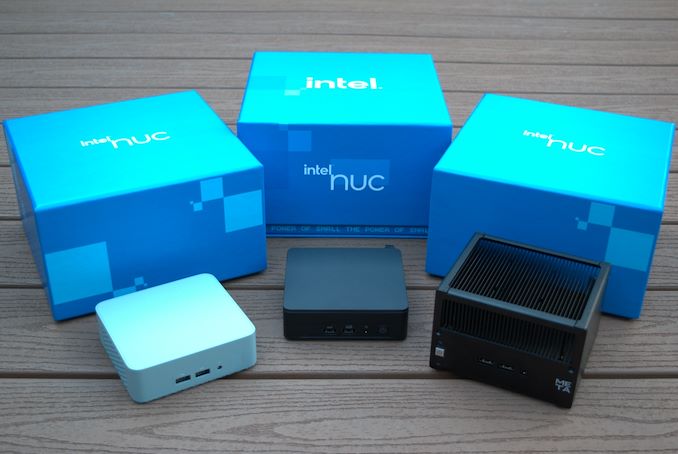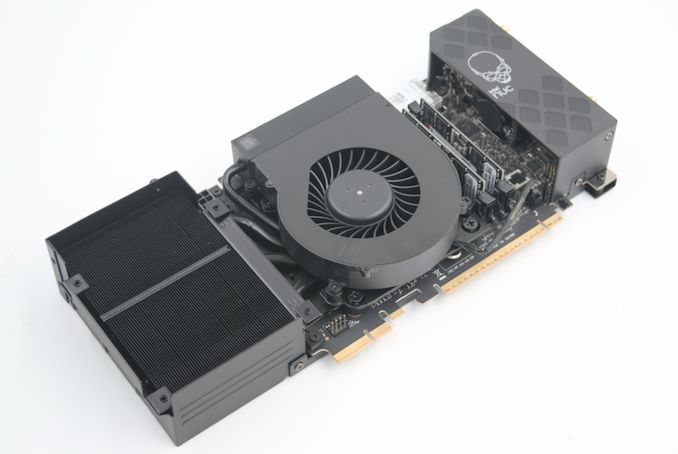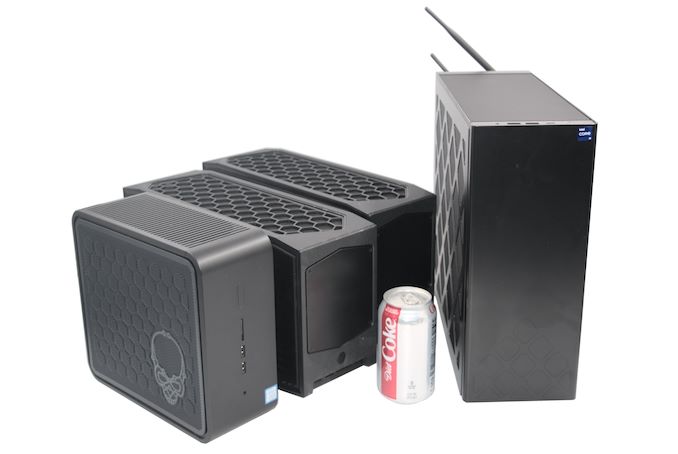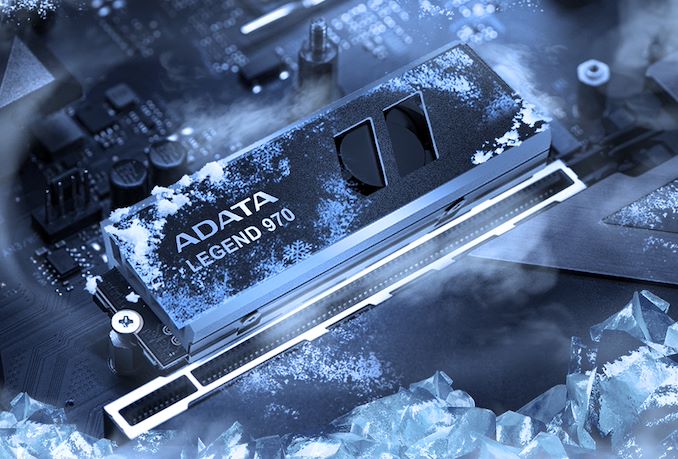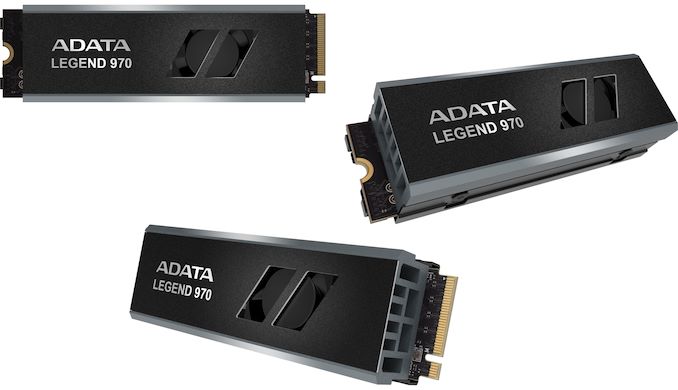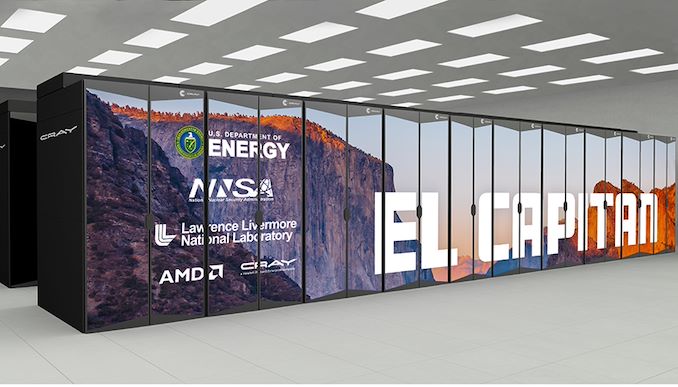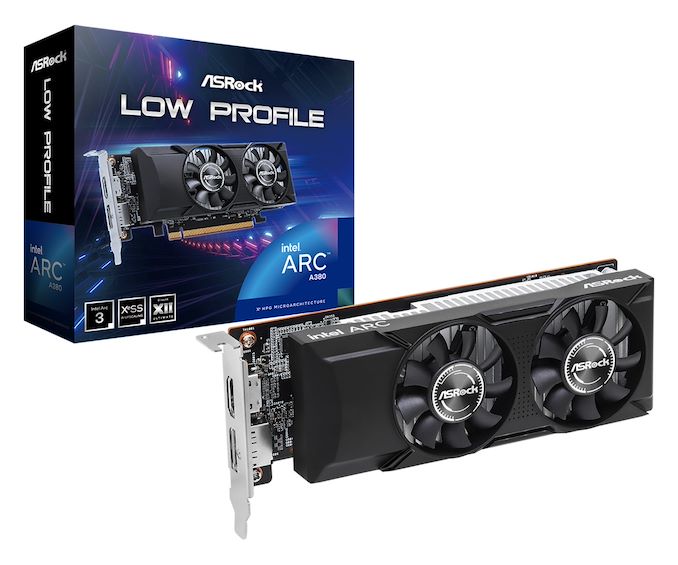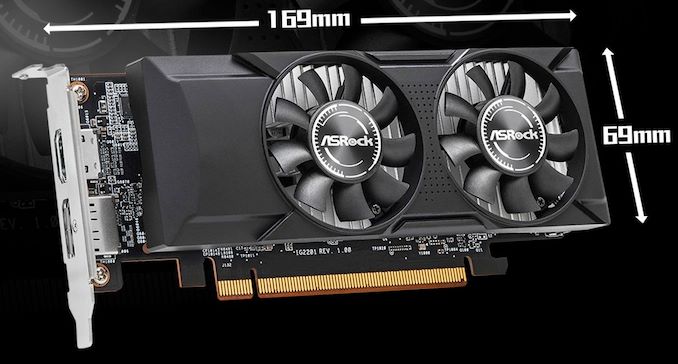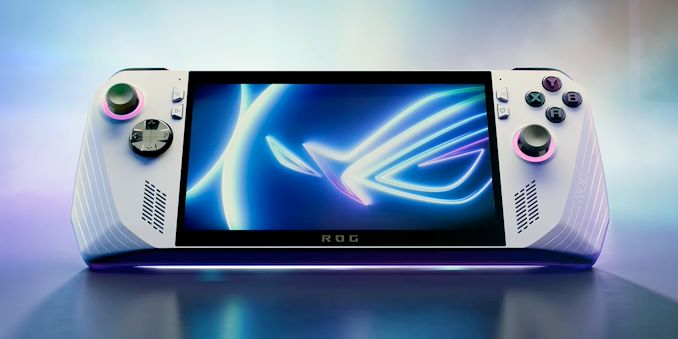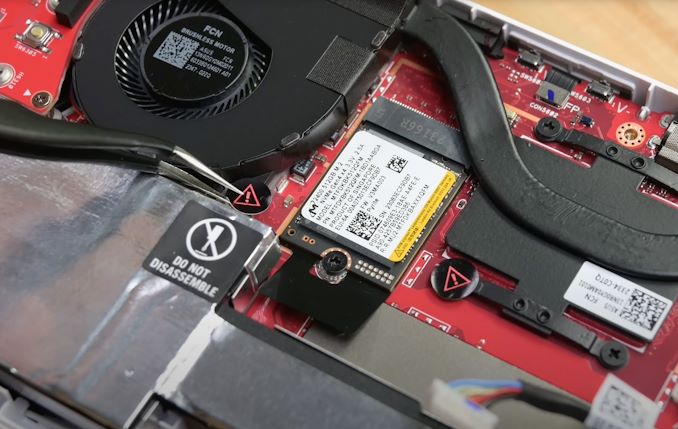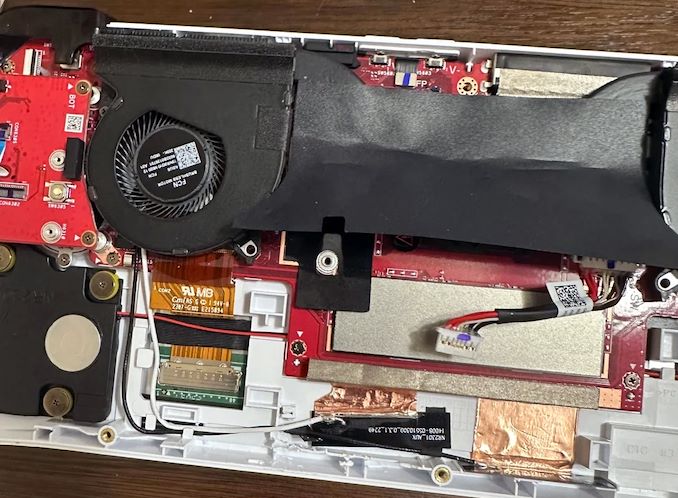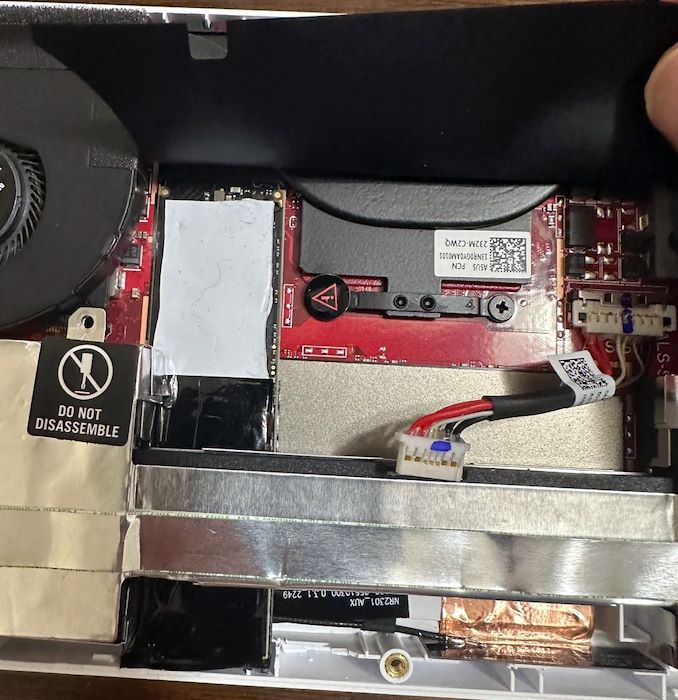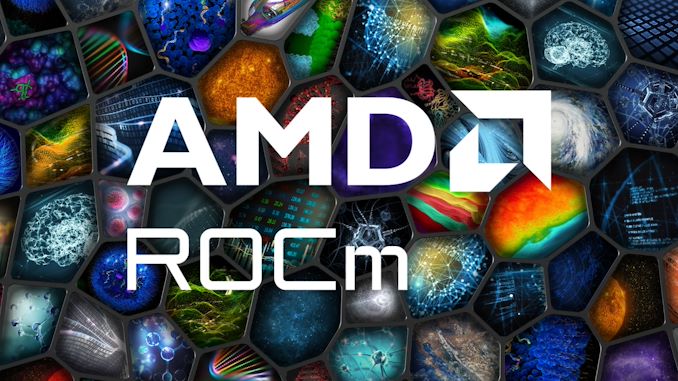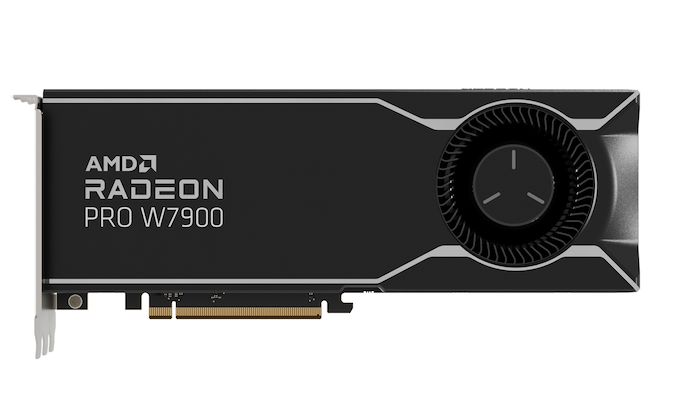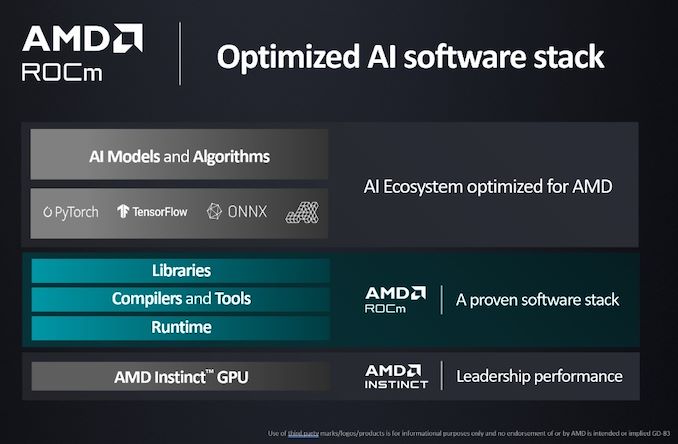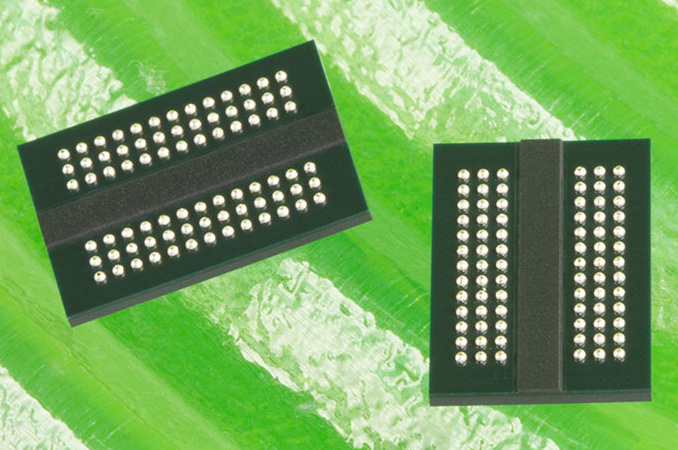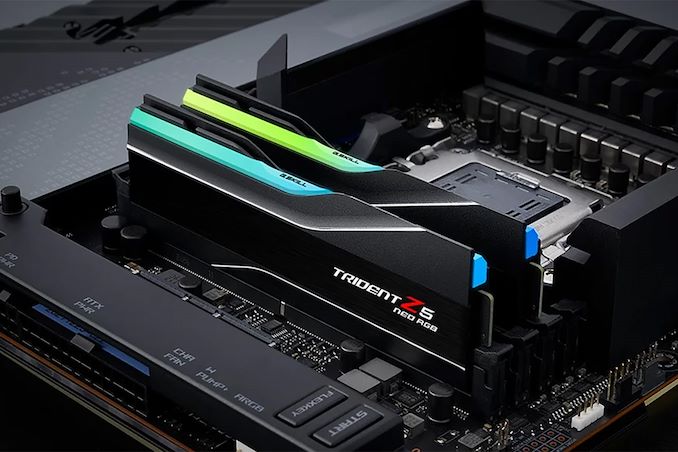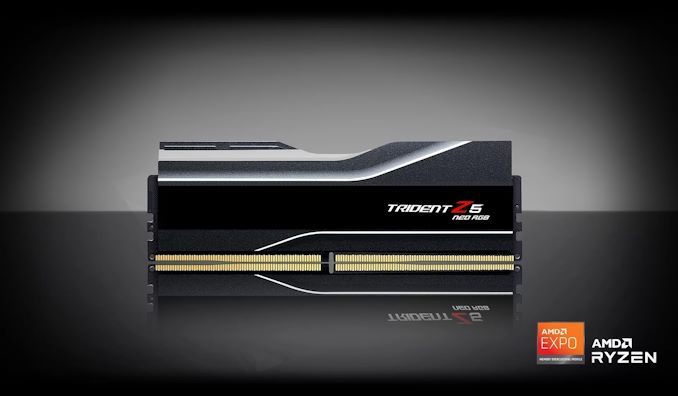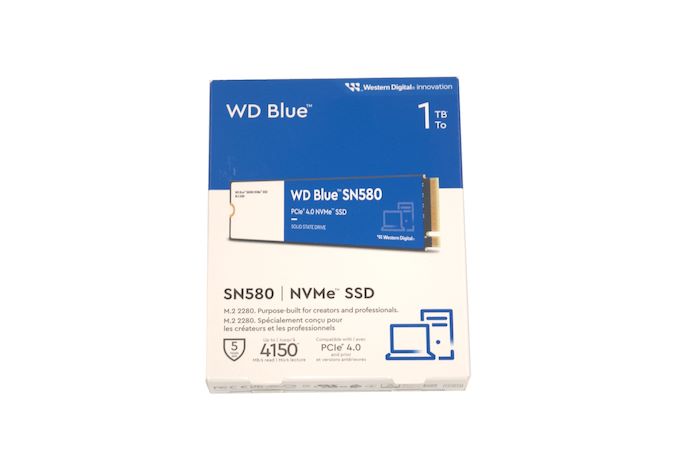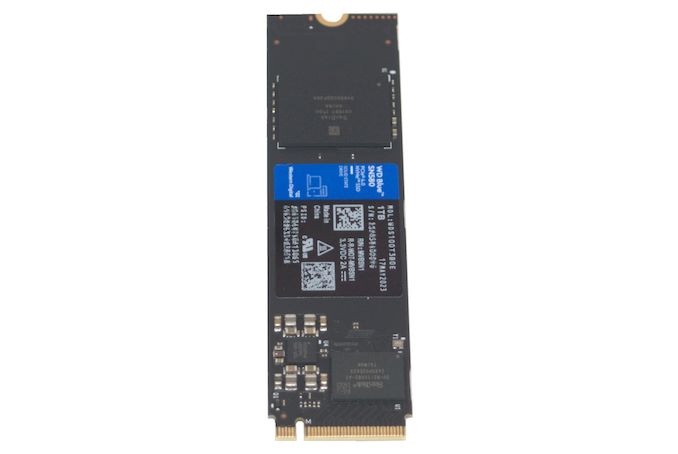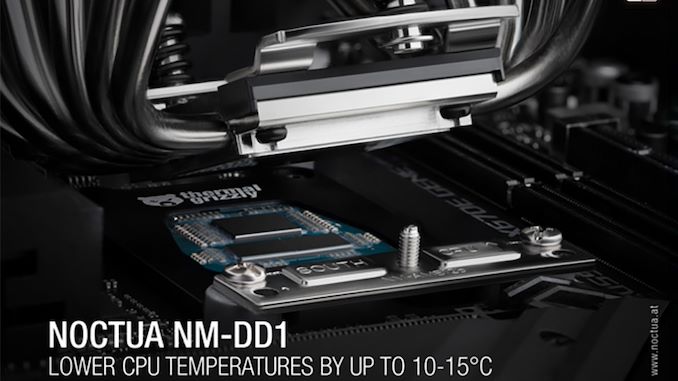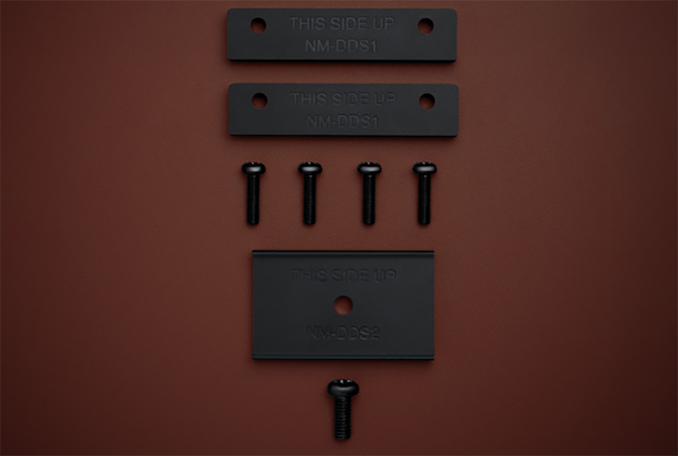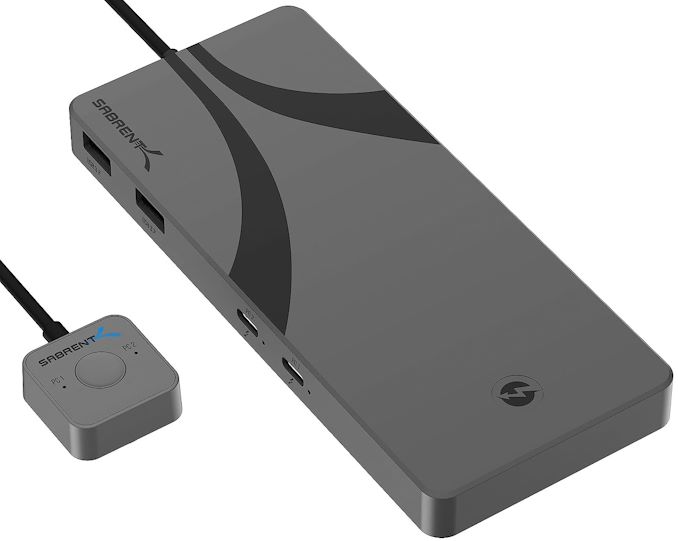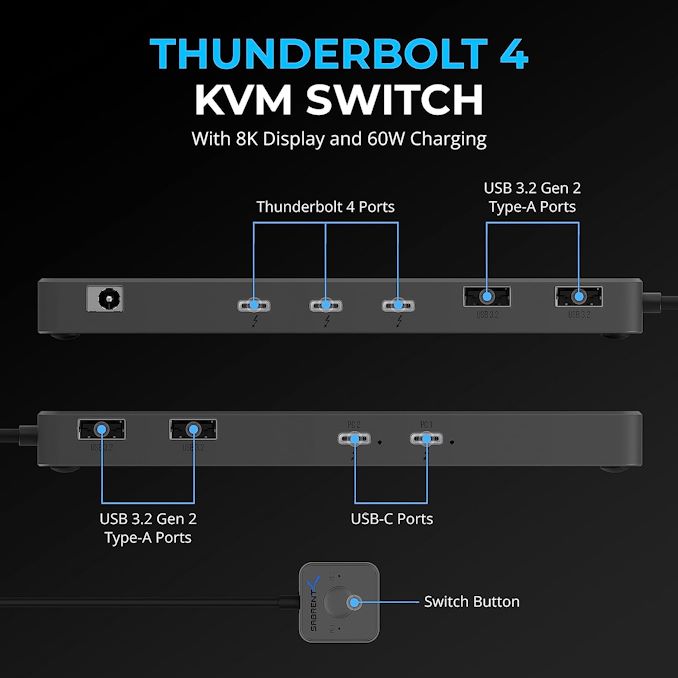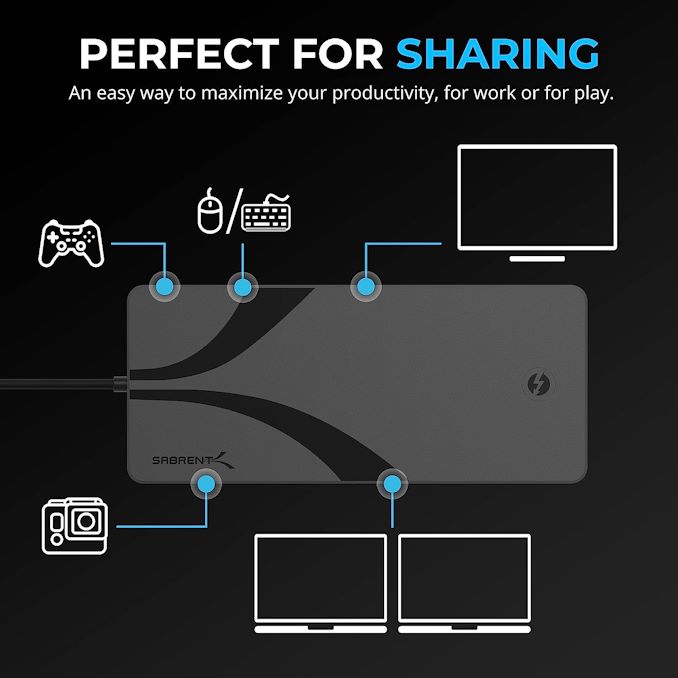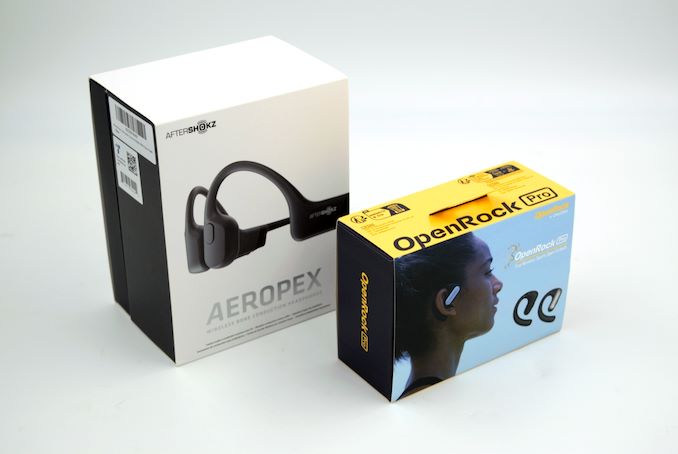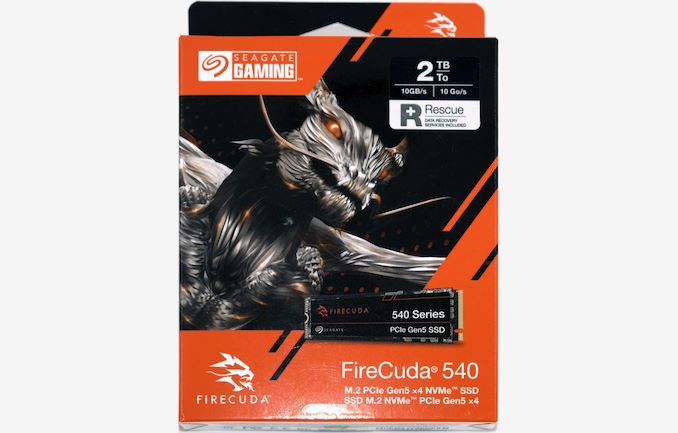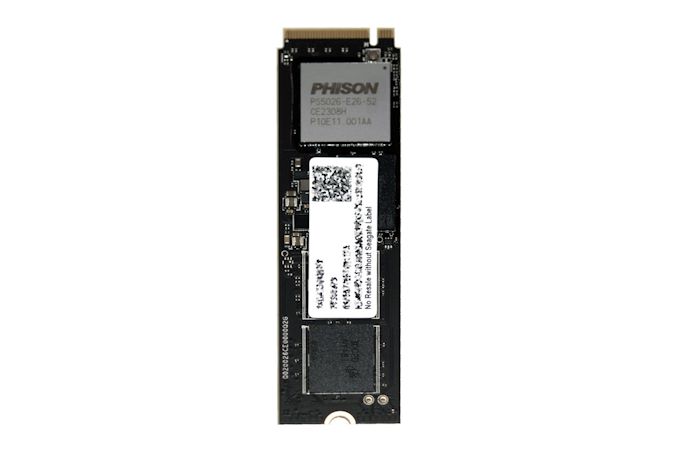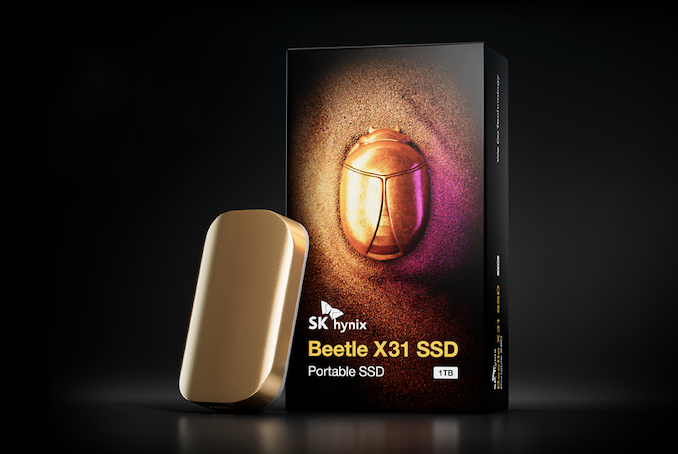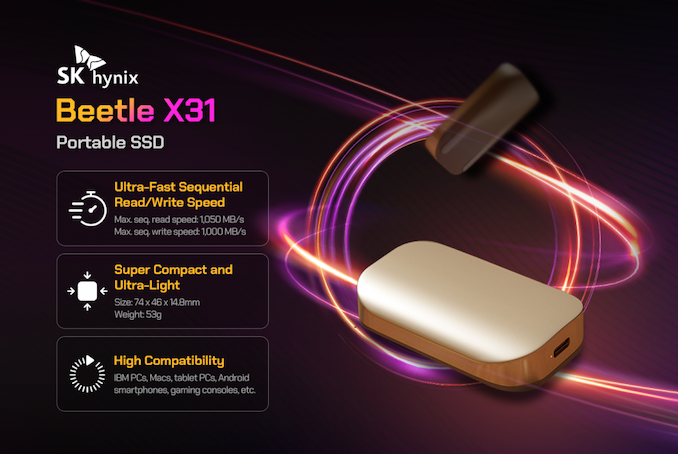Further to AMD’s latest Micro Center exclusive processor, the Ryzen 5 5600X3D with 3D V-Cache, AMD has seemingly introduced a budget-focused quad-core processor based on their Zen 3 architecture. Officially confirmed via GIGABYTE’s CPU support pages for their AM4 motherboards, an unannounced Zen 3 CPU is listed in the way of the Ryzen 3 5100 processor.
Despite offering a wide variety of their latest Ryzen 7000 chips based on the Zen 5 architecture, AMD looks to be making good on their promise of still supporting their AM4 platform as we advance, but how many more chips are still to come remains to be seen. Despite its growing age, the AM4 platform still offers exceptional value for money, primarily through their X3D chips with additional 3D packaged V-Cache.
Despite AMD offering no official clarification on the launch of the Ryzen 3 5100, GIGABYTE is listing this processor through its official CPU support lists on their AM4 motherboards, which confirms this chip exists. When a processor makes it onto a CPU support list, this means that the processors in question, such as the Ryzen 7 5700 and Ryzen 3 5100, have been tested on the relevant platform and motherboard to confirm compatibility, as well as operating at the intended specifications by the processor manufacturer; in this case, AMD.
GIGABYTE also lists the Ryzen 7 5700, which appears to be a ‘new’ SKU, at least because it has been unobtainable through retail channels. This isn’t the case, as AMD confirmed that the Ryzen 7 5700, based on the same Cezanne Core typically found on AMD’s Ryzen 5000 chips bearing the G nomenclature, has been available through OEM partners. One example is a variant of CyberPower’s Gamer Master desktop system, which has the Ryzen 7 5700 and an NVIDIA GeForce RTX 3060 graphics card.
Touching more on the Cezanne core, the G nomenclature denotes that the chip has integrated graphics. These were part of AMD’s APU line-up, which included solid entry-level integrated graphics alongside the current generation cores taken from the regular desktop series. Although the typical Vermeer cores were the mainstay of the Zen 3 desktop processors, it’s possible that AMD recycled some of its APUs for the Ryzen 7 5700 and Ryzen 3 5100, which is one reason they might have the Cezanne cores but without the integrated graphics.
| AMD Ryzen 5000 Series Processors for Desktop (Zen 3) As of 07/11/23 |
|||||||||
| AnandTech | Core/ Thread |
Base Freq |
1T Freq |
L3 Cache |
Core uArch | iGPU | TDP | Price (Amazon) |
|
| Ryzen 9 5950X | 16 | 32 | 3400 | 4900 | 64 MB | Vermeer | – | 105 W | $440 |
| Ryzen 9 5900X | 12 | 24 | 3700 | 4800 | 64 MB | Vermeer | – | 105 W | $275 |
| Ryzen 9 5900 | 12 | 24 | 3000 | 4700 | 64 MB | Vermeer | – | 65 W | OEM |
| Ryzen 7 5800X3D | 8 | 16 | 3400 | 4500 | 96 MB | Vermeer | – | 105 W | $278 |
| Ryzen 7 5800X | 8 | 16 | 3800 | 4700 | 32 MB | Vermeer | – | 105 W | $236 |
| Ryzen 7 5800 | 8 | 16 | 3400 | 4600 | 32 MB | Vermeer | – | 65 W | OEM |
| Ryzen 7 5700X | 8 | 16 | 3400 | 4600 | 32 MB | Vermeer | – | 65 W | $174 |
| Ryzen 7 5700G | 8 | 16 | 3800 | 4600 | 16 MB | Cezanne | 8CU, 2000 MHz | 65 W | $178 |
| Ryzen 7 5700 | 8 | 16 | 3700 | 4600 | 16 MB | Cezanne | – | 65 W | OEM |
| Ryzen 5 5600X3D | 6 | 12 | 3300 | 4400 | 96 MB | Vermeer | – | 105 W | $230* |
| Ryzen 5 5600X | 6 | 12 | 3700 | 4600 | 32 MB | Vermeer | – | 65 W | $134 |
| Ryzen 5 5600 | 6 | 12 | 3500 | 4400 | 32 MB | Vermeer | – | 65 W | OEM |
| Ryzen 5 5600G | 6 | 12 | 3900 | 4400 | 16 MB | Cezanne | 7CU, 1900 MHz | 65 W | $129 |
| Ryzen 3 5300G | 4 | 8 | 4000 | 4200 | 8 MB | Cezanne | 6CU, 1700 MHz | 65 W | – |
| Ryzen 3 5100 | 4 | 8 | 3800 | 4200 | 8 MB | Cezanne | – | 65 W | ? |
*AMD Ryzen 5 5600X3D is a Micro Center Exclusive processor.
The AMD Ryzen 3 5100 is an entry-level quad-core (4C/8T) offering, which is also based on AMD’s APU-focused Cezanne microarchitecture. Outside of the Ryzen 5000G series of chips, the Ryzen 3 5100 is also the only quad-core variant for desktops from the 5000 series that doesn’t feature integrated graphics. The Ryzen 3 5100 comes with a modest 8 MB of L3 cache, a base frequency of 3.8 GHz. a boost frequency of up to 4.2 GHz, support for DDR4-3200 memory, and a 65 W TDP.
Despite the Ryzen 7 5700 not being available in retail channels, the Ryzen 7 5700 (8C/16T) is only available through OEM channels, and Ryzen 3 5100 (4C/8T) looks to bolster the already extensive selection of chips compatible with AMD’s AM4 platform. It is worth noting that these chips have been supported on GIGABYTE’s B550 Gaming X motherboard since BIOS revision F14, which is a more recent update as GIGABYTE’s AM4 platform is currently sitting on the F16c firmware at the time of writing.
Touching on availability, the Ryzen 3 5100 was meant to be part of a selection of chips due to launch last year around the same time as the Ryzen 7 5800X3D did in April 2022. Alas, that did not happen as expected, and we did reach out to AMD, who confirmed the Ryzen 7 5700 has been available in OEM channels since last year. The Ryzen 3 5100 could be OEM only, but there are no examples of this chip in any OEM partner systems (not that we can find), and AMD remains tight-lipped on its existence or availability.
Source: AnandTech – AMD Quietly Introduces Ryzen 3 5100 Quad-Core Processor For AM4

